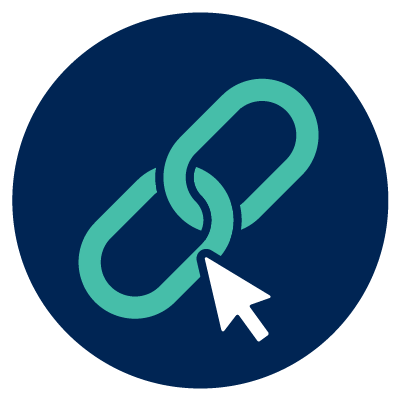Creating a good resume
A good resume can make a difference in helping you get a job. It shows employers your skills, work experience, qualifications and interests.
What to include in your resume
Your resume should provide all the key information about your experience and work history that an employer needs to know.
A typical resume includes:
- your name and contact details
- a short summary about you or your career goals
- employment history
- education and training
- work skills.
You might add other sections, such as volunteer work and achievements. What you include can depend on the length of your career and the type of job you’re applying for.
You can download our standard resume template to use as a starting point. There are also many jobs websites that have free resume templates.
If you have an Inclusive Employment Australia provider, you can also talk to them about helping with your resume.
Updating your resume
It’s a good idea to review your resume at least every 6 months to make sure it’s still up to date. You should add any new skills you have learned during this time.
Often you will need to tailor your resume to the job you're applying for. For example, to highlight certain skills and experience that relate to the job requirements.
Dealing with gaps in your work history
It’s not unusual to have a gap in your work history and it’ll only stand out if you don’t explain it. The main thing employers want to see is that you are keen and ready for the job you’re applying for.
If you have gaps in your employment, think about other activities you did during these periods you could put in your resume. These might include study, volunteer work, or caring for family members.
There are different ways you can show gaps in your employment history in your resume. Here are some examples:
February 2018 – November 2018
Study, TAFE NSW
During this period I took an online course to improve my digital skills and add to my qualifications.
March 2022 – January 2023
Office Administration Volunteer
During this time I did volunteer work for a local conservation group. I built my research, planning and teamwork skills and experience.
August 2021 – March 2022
I took time off my career to focus on personal and professional development. During this time I:
- found support through a mentor
- created a blog
- researched and attended industry forums
- took a Microsoft Office refresher course.
January 2015 – March 2016
I was seriously injured in an accident and took time off for recovery and rehabilitation. I’ve returned to full health and am ready to take on my next challenge.
Other documents you might need
Employers will often ask you to send other documents with your resume.
For example:
- a cover letter – visit Writing a job application and cover letter for tips
- a response to selection criteria – visit Responding to selection criteria for more.
Useful Downloads
Related pages
Last updated:
Creating a good resume
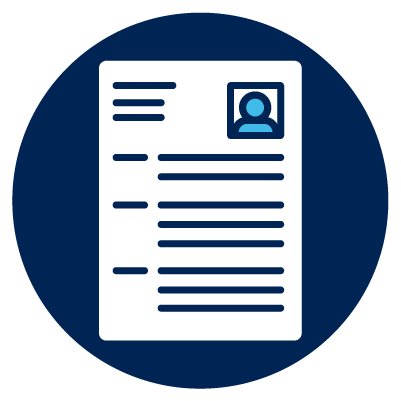
A good resume can make a difference in helping you find a job.
A resume tells an employer about work and study you’ve done before.
And what you’re interested in.
What to put in your resume
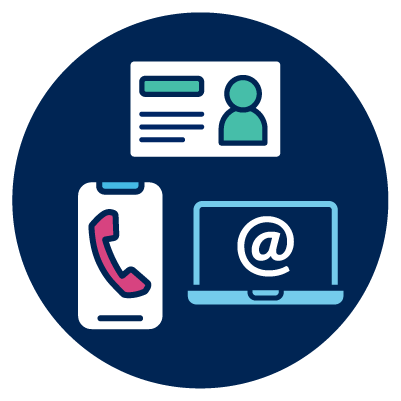
Your A resume is a document that lists your work experience, education and skills. People sometimes call this a CV. should have certain information in it.
It should include your contact details.
For example:
- your name
- your phone number
- your email address.
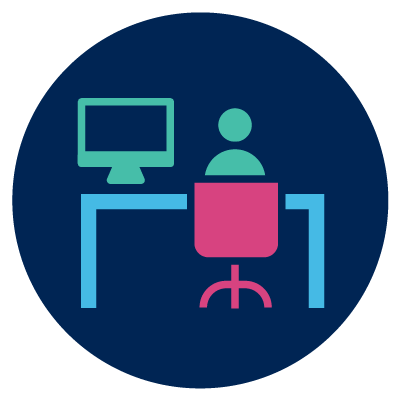
You can include your goals for your Your career is the path you take in the area of work you choose.
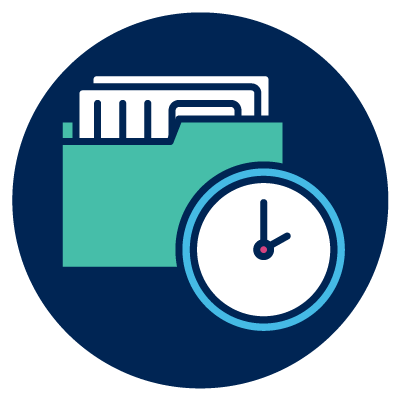
You should also include your:
- work history
- education and training
- work skills.
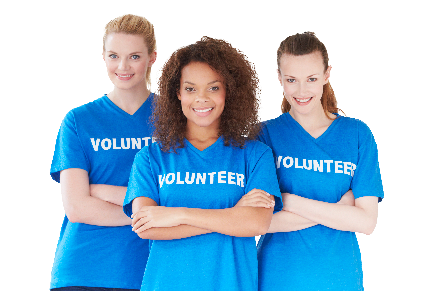
There are other things you can add if you think they will help you find a job.
For example, you might share information about:
- other things you have achieved
- work you’ve done as a When you are a volunteer, you work but you don’t get paid. Volunteers usually do work that helps other people.
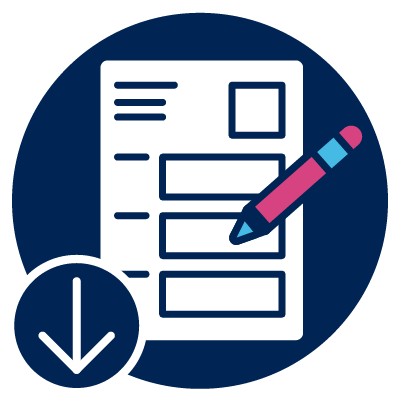
You can download our resume template to help you write your own resume.
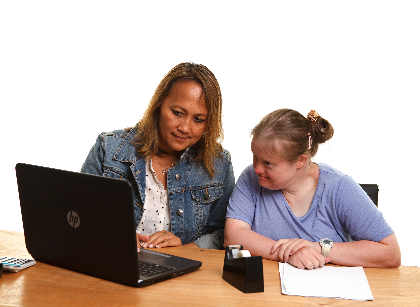
If you have an Inclusive Employment Australia helps people with disability find and keep jobs. Inclusive Employment Australia providers deliver services to help people with disability do this. you can ask them for help with your resume.
Updating your resume
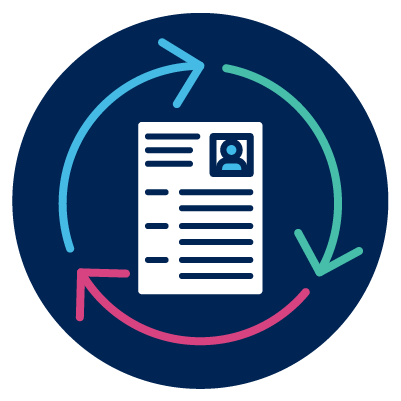
When you’ve created your resume, you can use it as many times as you want.
You don’t have to make a new one each time.
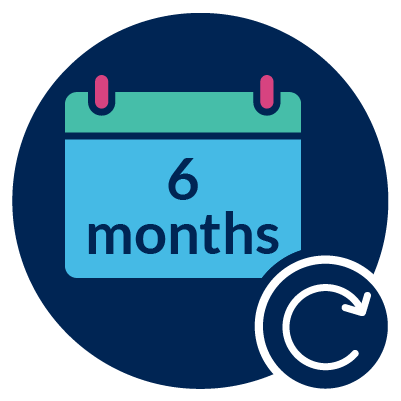
It’s a good idea to keep your resume up to date.
You might want to add new details about your skills and experience often.
For example, every 6 months.
Dealing with gaps in your work history
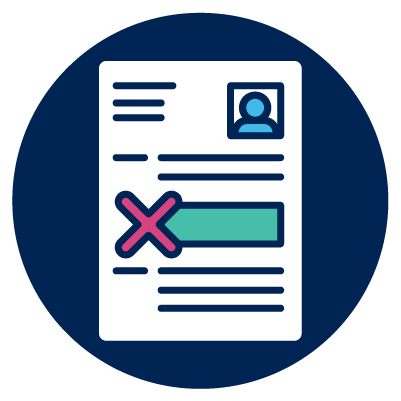
You might have gaps in your resume when you didn’t work.
For example, you might have needed to take time off because of your disability.
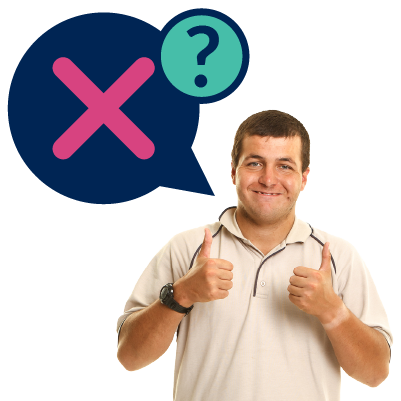
It’s better to explain why took time off work.
And show that you are ready to work now.

You can think about other activities you did during these times.
You can put them in your resume if you think they might help you find a job.

These activities might be:
- study and training
- working as a volunteer
- caring for a family member.
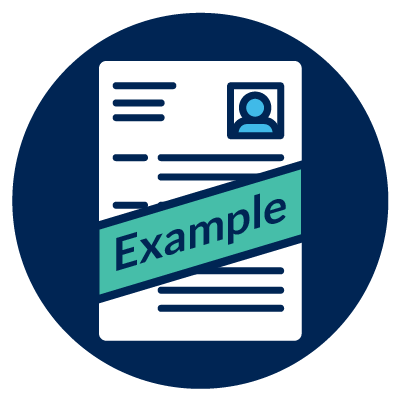
We share some examples of how you might include this in your resume below.
February 2018 – November 2018
Studying, TAFE NSW
I used this time to:
- learn new skills
- complete a training course.
March 2022 – January 2023
Office Administration Volunteer
I used this time to volunteer for a conservation group.
I learned a lot about research, planning and teamwork.
August 2021 – March 2022
I took this time off from work.
I spent this time building skills for my future.
During this time I:
- got support from a mentor
- started a blog
- learned about my industry
- learned new skills for Microsoft Office in a course.
January 2015 – March 2016
I didn’t work during this time because I was badly hurt in an accident.
I spent this time getting better and doing rehabilitation.
I am now healthy again and ready to start work again.
Other documents employers might need
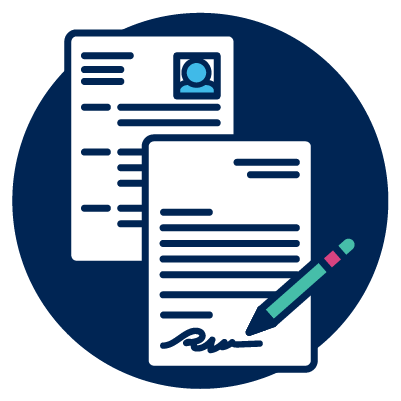
When employers ask for your resume, they often ask for other documents.

They might ask for a A cover letter explains why you want a job and why you're the right person for a job.
You can find out more about cover letters on our page about Writing a cover letter and job application.
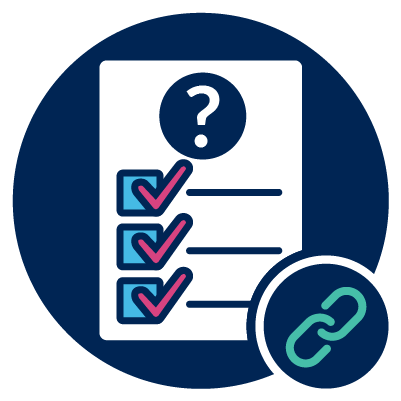
They might also ask you to answer questions about the job.
You can find out more on our page about Responding to selection criteria.
Useful downloads
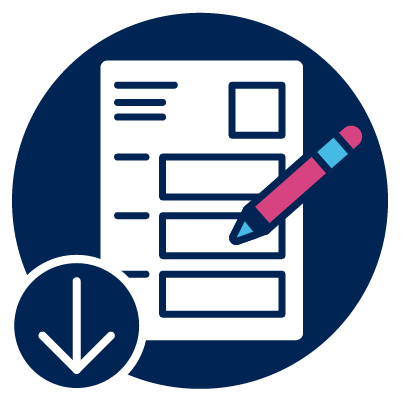
You can download our resume template to help you write your own resume.

